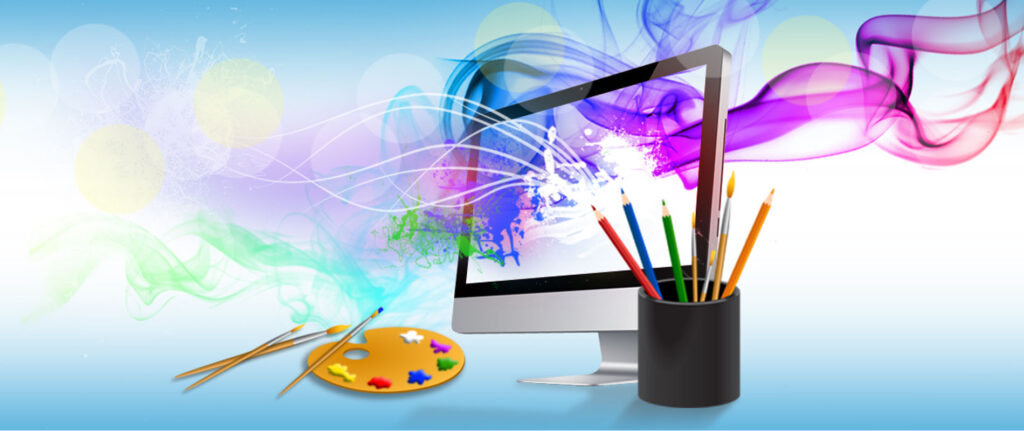The psychology of shapes in web design and branding is a fascinating realm that delves deep into how human perception and emotion are influenced by visual stimuli. Shapes serve as fundamental elements in design, communicating messages, eliciting feelings, and shaping user experiences in profound ways. From the simplicity of circles to the sharp edges of triangles, each shape carries its own symbolic weight and psychological impact. Let us start with circles, perhaps the most universally appealing shape. Rounded and devoid of sharp edges, circles evoke a sense of unity, wholeness, and inclusivity. They are inherently soothing and welcoming, often associated with harmony, balance, and eternity. In web design and branding, circles are frequently used to convey community, friendship, and interconnectedness. Social media platforms like Facebook and Twitter leverage circular profile pictures, fostering a sense of belonging and interconnectedness among users. Similarly, brands seeking to project a friendly and approachable image often incorporate circular motifs into their logos and designs. On the opposite end of the spectrum, we encounter triangles, characterized by their sharp angles and strong lines.

Triangles exude energy, dynamism, and directionality. They are symbols of progress, ambition, and stability. In web design, triangles can be employed to convey a sense of movement or to draw the user’s attention towards a focal point. Brands associated with innovation, strength, and decisiveness often utilizes triangles in their logos and visual identities to communicate these attributes effectively. Squares and rectangles, with their straight lines and equal sides, represent stability, order, and reliability. They evoke a sense of structure, professionalism, and trustworthiness. In web design, squares and rectangles are commonly used to organize content, create grids, and establish visual hierarchy. Brands operating in industries such as finance, law, and technology often gravitate towards square-based designs to convey a sense of solidity and dependability to their audience. The psychology of shapes extends beyond individual elements to their combinations and compositions. For instance, the juxtaposition of circles and squares can create a sense of balance between warmth and structure, as seen in the logo of global coffee giant Starbucks.
Similarly, the integration of triangles and circles can evoke a dynamic sense of movement and energy, as exemplified by the logo of automotive manufacturer Mitsubishi. Color further enriches the psychological impact of shapes, as different hues carry their own symbolic meanings and emotional associations. For instance, warm colors like red and orange are often associated with passion, energy, and excitement, while cool colors like blue and green evoke feelings of calmness, serenity, and trust. The psychology of shapes in web design in Novi, MI and branding is a nuanced interplay between form, symbolism, and emotion. By understanding the inherent meanings and psychological associations of various shapes, designers and marketers can construct compelling visual narratives that resonate deeply with their audience, fostering connections, eliciting emotions, and driving meaningful engagement. Shapes, therefore, transcend mere aesthetic elements to become powerful tools for communication and expression in the digital landscape.

